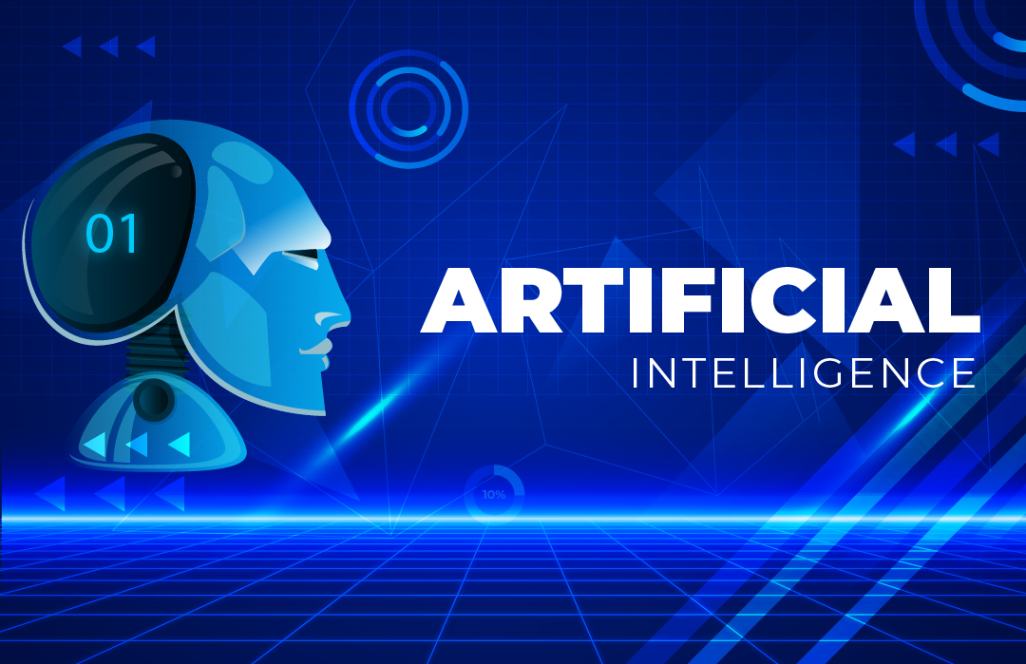In the grand theatre of computation, few performers are as captivating as genetic algorithms (GAs). Imagine a world where problems are not solved by brute force or rigid rules but through the graceful dance of evolution—where ideas “mate,” “mutate,” and “compete” for survival. Much like how nature sculpts species over millennia, genetic algorithms evolve solutions through generations, inching closer to perfection. This isn’t just computation—it’s digital Darwinism in action.
The Metaphor of a Digital Ecosystem
Think of a bustling rainforest filled with species—each representing a possible solution to a problem. The forest changes, the fittest adapt, and the weak fade away. Genetic algorithms mirror this natural phenomenon in the digital realm. They start with a random population of solutions, evaluate their fitness, and use mechanisms like selection, crossover, and mutation to create new offspring. Over several generations, these “digital organisms” evolve to exhibit better traits—or in this case, better solutions.
This approach defies the traditional notion of step-by-step programming. Instead of dictating how to solve the problem, you let evolution discover the path. In the same way, learners of complex subjects evolve in understanding through exploration—a philosophy embraced in an Artificial Intelligence course in Pune that teaches not rigid algorithms but adaptive, evolving systems inspired by nature itself.
From Genes to Code: How Evolution Becomes Computation
At the heart of a genetic algorithm lies the chromosome—a coded representation of a potential solution. Just as DNA defines an organism’s characteristics, this string of information represents the traits of a candidate solution. Through selection, the algorithm picks the fittest individuals—those with the best performance against a predefined fitness function. Then, crossover and mutation come into play, blending and tweaking these “genes” to create new combinations.
Imagine designing an aircraft wing. You start with hundreds of random designs. Over generations, by selecting and blending the best designs, you eventually craft an optimised, aerodynamic masterpiece. No engineer dictated each step—the solution evolved naturally, guided by selection pressure and chance.
This evolutionary metaphor is what makes GAs ideal for tackling optimisation problems where traditional techniques stumble—nonlinear, multidimensional puzzles where the terrain of possible answers is too vast for exhaustive search.
Nature’s Three Principles: Selection, Crossover, Mutation
To understand how genetic algorithms thrive, let’s revisit their biological muses:
- Selection – Like predators favouring the swift, the algorithm rewards high-performing solutions. The better a solution fits the criteria, the higher its chance of reproducing.
- Crossover – Here’s where creativity blooms. Two-parent solutions combine their traits to form new offspring—perhaps inheriting the speed of one and the stability of another.
- Mutation – Nature’s wildcard. Tiny random changes keep the population diverse, preventing stagnation and ensuring exploration of new possibilities.
Through these mechanisms, GAs weave innovation from randomness and order from chaos—emphasising that progress often arises not from perfection but from persistent adaptation.
In fact, this principle of continual evolution resonates deeply with how emerging professionals train in dynamic fields like machine learning and evolutionary computation. That’s why learners at an Artificial Intelligence course in Pune often explore such adaptive models—not merely as algorithms, but as lessons in creative problem-solving inspired by the living world.
The Beauty of Imperfection: Why GAs Work When Others Don’t
Traditional optimisation methods, like gradient descent or linear programming, rely on predictable, structured problem spaces. But real-world challenges—like supply chain design, scheduling, or drug formulation—rarely offer smooth, continuous paths to optimal solutions. They are rugged landscapes filled with peaks, valleys, and deceptive local optima.
Genetic algorithms, however, embrace this ruggedness. They wander, experiment, and stumble upon solutions that conventional approaches would miss. Their stochastic nature—rooted in randomness—becomes a strength, ensuring they don’t get trapped in mediocrity. Like nature’s endless trial-and-error, they thrive on imperfection, proving that evolution’s messy creativity can outwit mechanical precision.
When Machines Learn Like Nature
Beyond their mathematical allure, genetic algorithms embody a philosophical lesson: intelligence can emerge from simple rules interacting over time. When multiple iterations of selection, crossover, and mutation run, what emerges is not chaos—but ingenuity. This is computational artistry, where solutions evolve without explicit instructions, guided only by feedback from their environment.
From robotic path planning to portfolio optimisation, from neural network tuning to architecture design, GAs demonstrate that innovation isn’t always about brute computation—it’s about adaptation, evolution, and the subtle play of probability and possibility.
Conclusion: Evolution as the Future of Intelligence
In a world striving for precision and predictability, genetic algorithms remind us of the beauty of evolution—how complexity can emerge from simplicity, and how near-perfect solutions can be born from randomness. They are not just tools of computation but metaphors for resilience, learning, and adaptation.
As technology continues to evolve, GAs may well shape the next frontier of intelligent systems—machines that not only calculate but evolve their way toward brilliance. And as learners explore this fascinating convergence of biology and computation, they, too, evolve—becoming adaptive thinkers who can navigate the unpredictable landscapes of tomorrow’s innovation.

